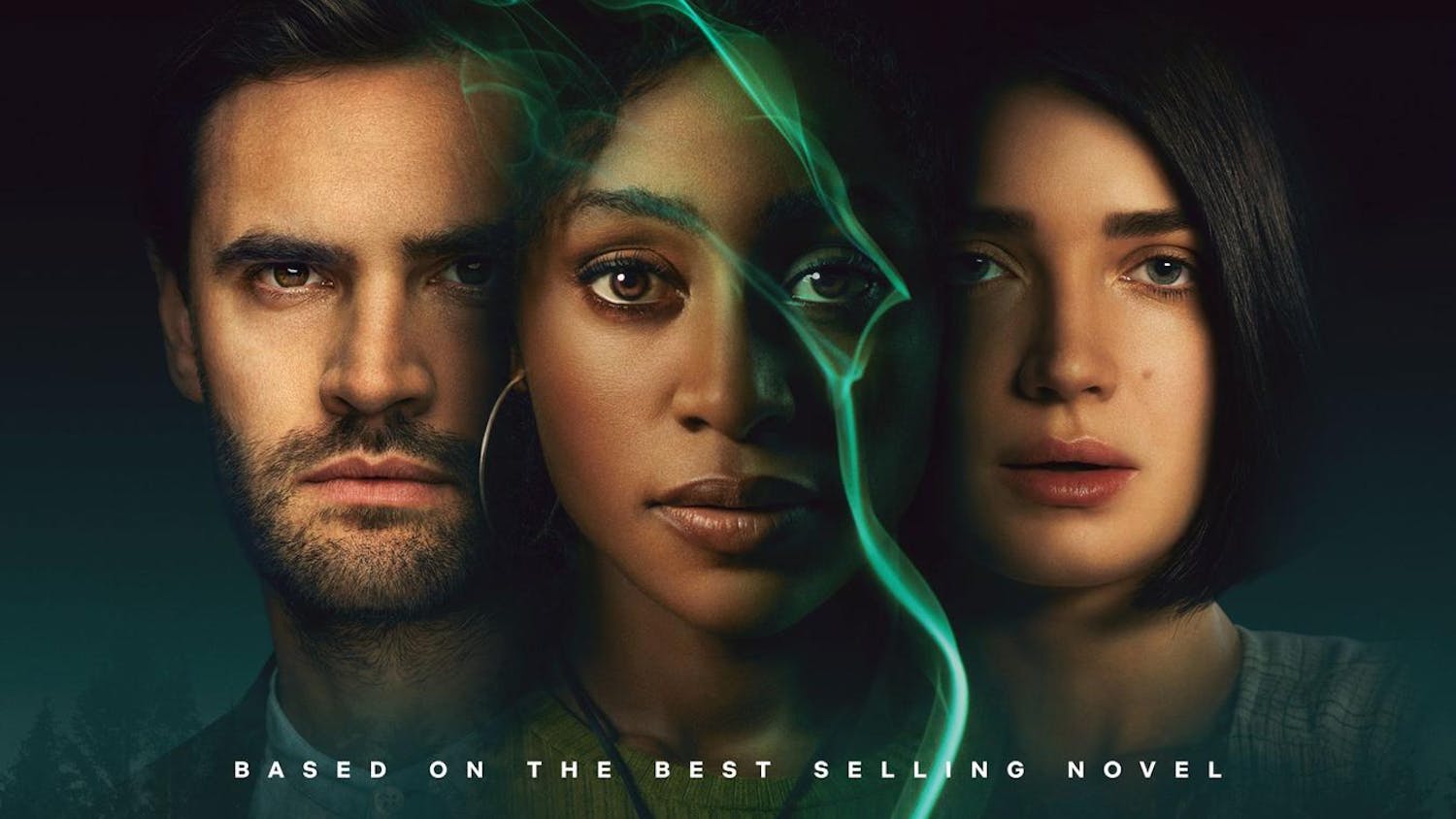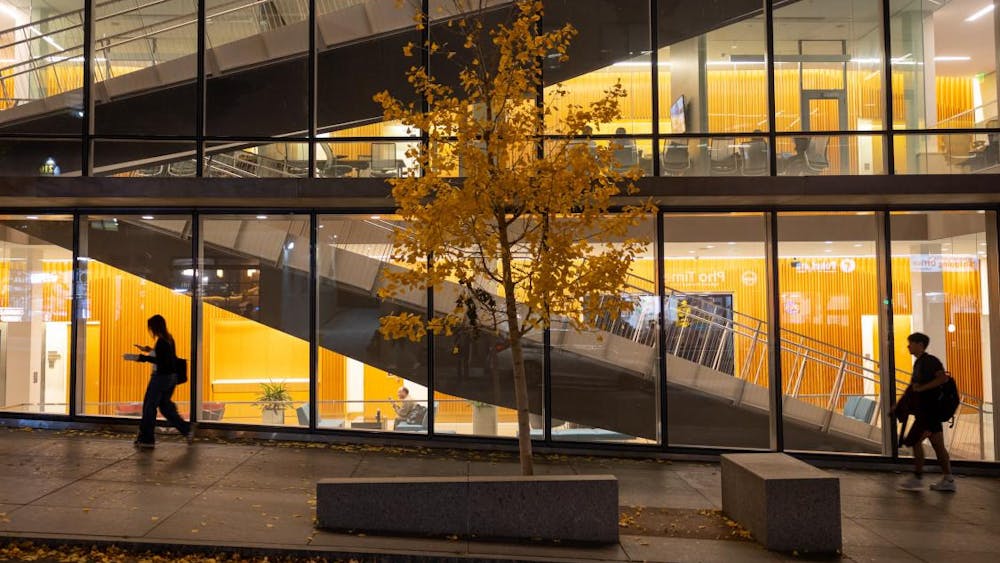Cornell Students Create Club (CSC), or Create for short, is an internal organization within Cornell’s Performing and Media Arts department. As the student branch of the department, Create’s mission is to “build community, centralize resources and create connecting fibers between the different creative groups on campus.”
Some may know of the organization by its former name, CAMP. Liv Licursi ’25 sought to transform Create this fall as President to expand its impact on Cornell’s creative scene. This rebrand, including changing its name, reworked the group's goals to spread awareness of Cornell’s creative affairs and unite student groups. What was once a five-member board now boasts 12 leading members and a general body of around 100 members.
Interested in Create’s work, I sat down to talk with Licursi last week on Create’s transition and what it means to her. Licursi’s drive to make Create flourish stems from her early experiences as a new student at Cornell, struggling to make sense of all of Cornell’s creative corners. “I was thinking about when I first got here. I felt so lost about getting involved,” she shared. She auditioned for all the groups she could find and tried to piece together a picture of what performing arts looks like at Cornell. By her junior year, Licursi finally figured out the inner workings of creative arts on campus, but she wanted to improve this process for current and future students.
Cornell’s vast campus makes it challenging for students seeking creative resources and community. The lack of centralization appears to be especially troublesome for the creative groups on campus, whose academic departments, rehearsal spaces and more span practically all the different sectors of campus.
“We are so literally and metaphorically isolated on this campus, not only in terms of our larger campus but all the departments within campus,” Licursi described. For instance, it takes a 15-minute walk to get from the Schwartz Center for the Performing Arts to the Music Department in Lincoln Hall.
As a result of Create, acapella groups have used student filmmakers to record their performances, and this semester's production of Spring Awakening has two customer designers from Cornell’s Fashion Collective working on costumes. These connections highlight the untapped potential for collaboration on a campus brimming with resources. As Licursi put it, “We want to make it easier for people to create on campus. Quite literally.”
Create shares events on their Instagram, sends a weekly newsletter and hosts guest artist events, including one last Thursday with Christopher Moncayo-Torres. As part of this year’s revamp, the group has held numerous events and meetings to widen its reach. For instance, they invited practically every type of creative group on campus to a “Mock TELL me about yourself” event this fall, complete with mocktails, guest performances and conversation. The event yielded approximately 120 attendees, sharing about the clubs they are a part of and what they are all about.
Create wants to change the culture at Cornell. Many students are unaware of performances like theater and comedy — events students could attend or take part in. Cornell has a black box theater, music rehearsal rooms and stages that many creatives have not even visited. There are talented Cornellians who can film performances or design costumes, or ones that know how to best utilize student funding opportunities. The lack of communication and visibility of these resources is a major obstacle — one Create aims to overcome.
Licursi’s shining passion and dedication for Create and improving the arts community was clear throughout our conversation. “If you are truly passionate and speak passionately about wanting to fix things, people will get on board with you,” she explained. Create is a prime example of what happens when students notice a shortcoming of the university and do something about it. Many may focus on Cornellians’ strong work ethic in the classroom, but it clearly translates beyond academics. Create is setting an inspiring example of what collaboration and passion can bring and non-arts spheres at Cornell could also benefit from this centralizing of resources.
I’m rooting for Create to succeed. While seniors like me and Licursi will not get to see Create’s full impact before we graduate, it is exciting to see the foundation that has been laid out. The club recently elected new leadership, so as the former president, Licursi now resides on the transitory advisory board for the organization. “I’m really excited to see it blossom,” she said. “I feel like we're building the foundation right now and over the next four years — like when I'm long gone — I'm excited to see it grow.”
Create hopes to have a lasting, widespread impact on future generations of creators. “It’s going to be something that really helps the creative community on campus,” Licursi said. “It'll help more creators enter the world because ultimately it'll bring more people into the creative scene… that's something we need right now. All these little ways that we can help the arts thrive just on campus will have trickle-down effects in the world.”
Follow Create on Instagram for updates on Cornell’s creative events at Cornell and to sign up for their newsletter.
Gillian Lee is a senior in the College of Arts & Sciences. She can be reached at gl386@cornell.edu.











